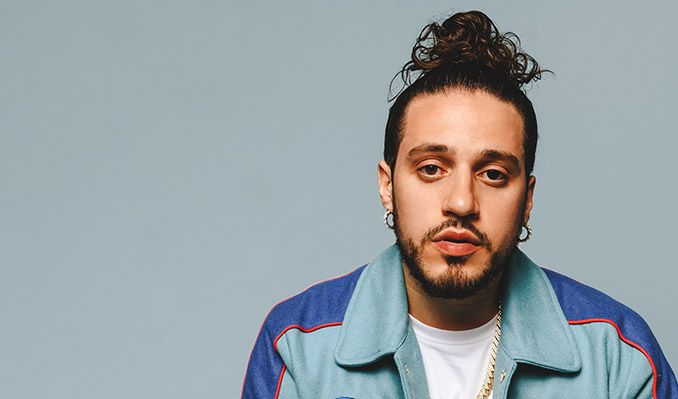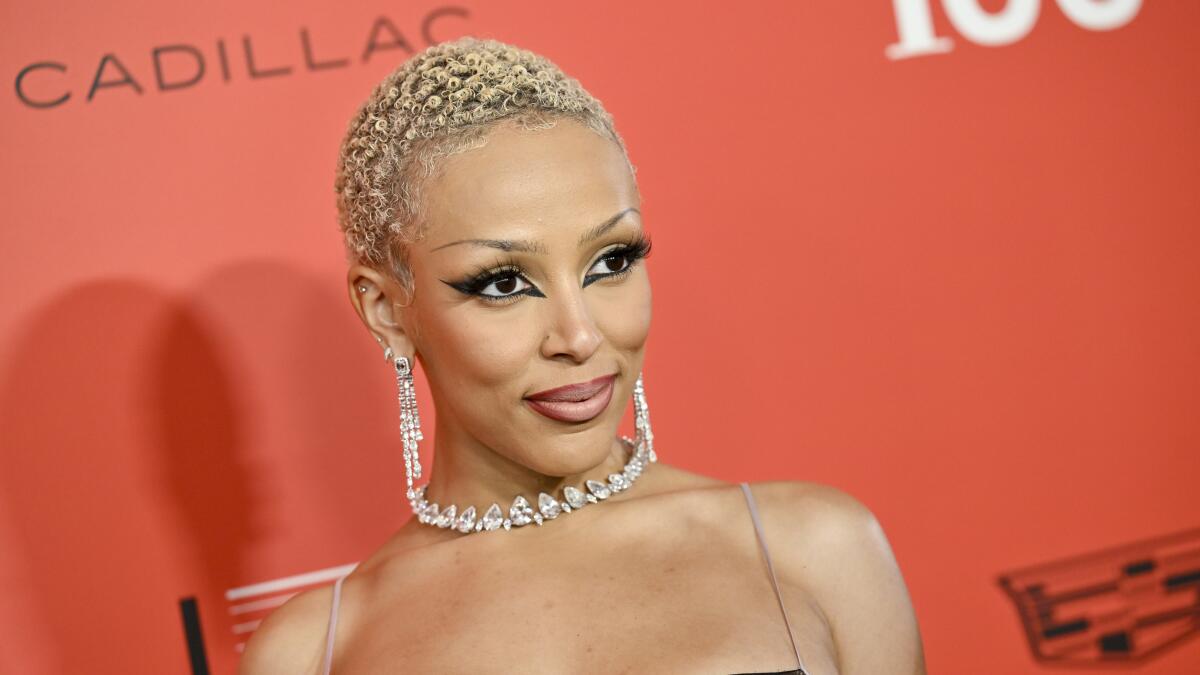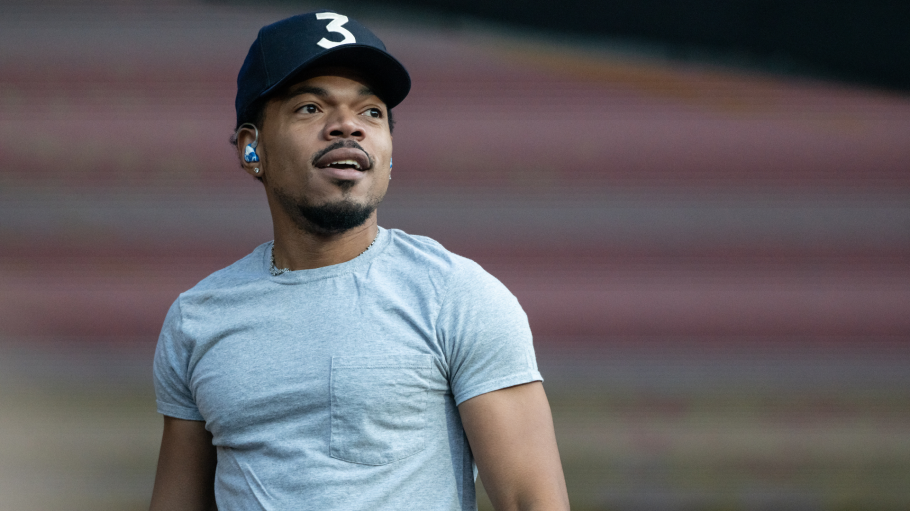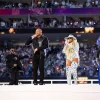In an industry once dominated by major record labels, independent artists are now carving their own paths to mainstream success. Thanks to digital platforms, social media, and direct fan engagement, independent musicians no longer need a record deal to make it big. The rise of indie artists on music charts is a testament to the changing dynamics of the music industry. With streaming services allowing direct access to global audiences and platforms like TikTok amplifying new talent, independent artists are achieving chart success on their own terms. The democratization of music distribution has leveled the playing field, making it possible for artists to thrive without traditional gatekeepers. Let’s explore the key factors behind this phenomenon and how independent artists are reshaping the music industry.
1. The Power of Streaming Platforms
Streaming platforms like Spotify, Apple Music, and YouTube have revolutionized how music is consumed and discovered. Unlike traditional radio play, where labels had control over what was aired, streaming services operate on algorithms and listener preferences. This shift allows independent artists to reach vast audiences without needing radio backing or label support.
Playlists, particularly those curated by users and algorithm-driven suggestions, have been instrumental in boosting indie artists’ visibility. Viral songs can quickly rack up millions of streams, propelling artists into the mainstream. Chance the Rapper and Russ are prime examples of musicians who leveraged streaming platforms to gain widespread recognition. By focusing on organic growth, indie artists can earn revenue directly and maintain creative control, making streaming a crucial component of their rise on the charts.

2. Social Media and Direct Fan Engagement
Social media has become a game-changer for independent artists looking to build a loyal fan base. Platforms like TikTok, Instagram, and Twitter allow musicians to promote their work, interact with fans, and create viral moments that can lead to chart success. TikTok, in particular, has played a pivotal role in launching careers, with viral trends driving millions of streams overnight.
Artists like Lil Nas X and Doja Cat started as independent musicians who utilized social media to catapult their careers. By engaging directly with fans and participating in online trends, indie artists create strong communities that support their music without the need for major label backing. This direct-to-fan model ensures that artists retain their independence while still achieving widespread recognition and success.

3. Crowdfunding and Financial Independence
Gone are the days when musicians had to rely on record labels for financial backing. Crowdfunding platforms such as Patreon, Kickstarter, and Bandcamp have empowered artists to fund their projects through fan support. This model provides musicians with financial independence, allowing them to produce, distribute, and promote their music without compromising their artistic vision.
Amanda Palmer is a notable example of an artist who successfully leveraged crowdfunding, raising over a million dollars for her album through fan contributions. This approach not only funds projects but also strengthens the artist-fan relationship. With financial support coming directly from listeners, independent musicians can focus on creating music that resonates with their audience rather than appeasing a record label’s demands.
4. Independent Labels and DIY Music Production
While major labels still hold considerable influence, independent labels and DIY production methods have given artists more control over their music careers. Indie labels offer flexible contracts and artist-friendly terms, making them an attractive alternative to traditional record deals.
Additionally, advancements in music production technology mean that artists can create professional-quality tracks from home studios without the need for expensive recording sessions. Platforms like SoundCloud and Bandcamp allow indie musicians to release music on their own terms, reaching global audiences instantly. Billie Eilish, for instance, recorded her debut album in her bedroom, proving that high-quality production is no longer exclusive to major-label artists.
This shift has made it easier for independent artists to break into the charts while maintaining full ownership of their music, redefining what success looks like in the modern industry.


